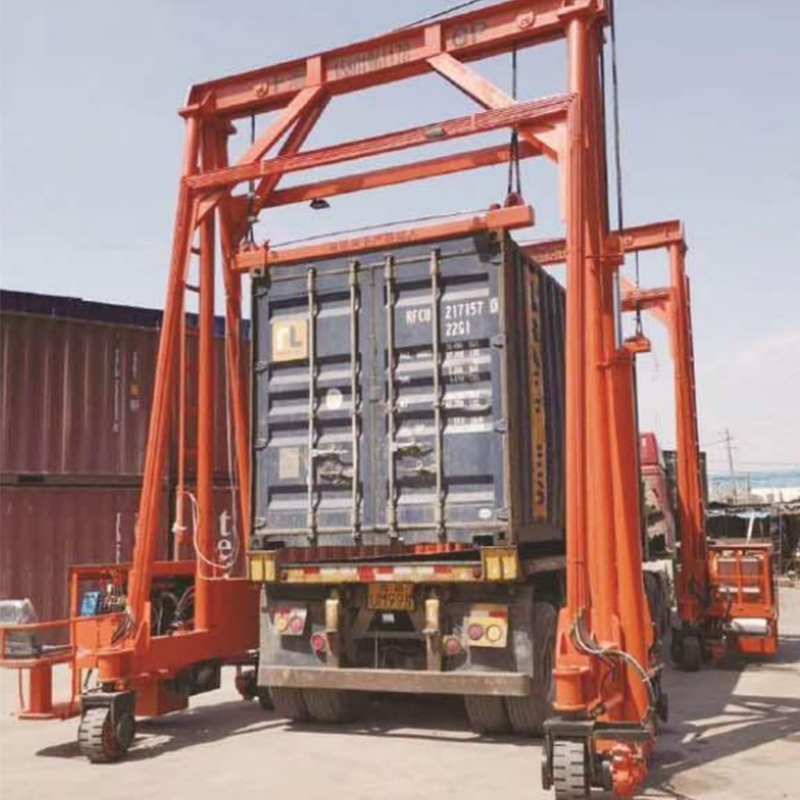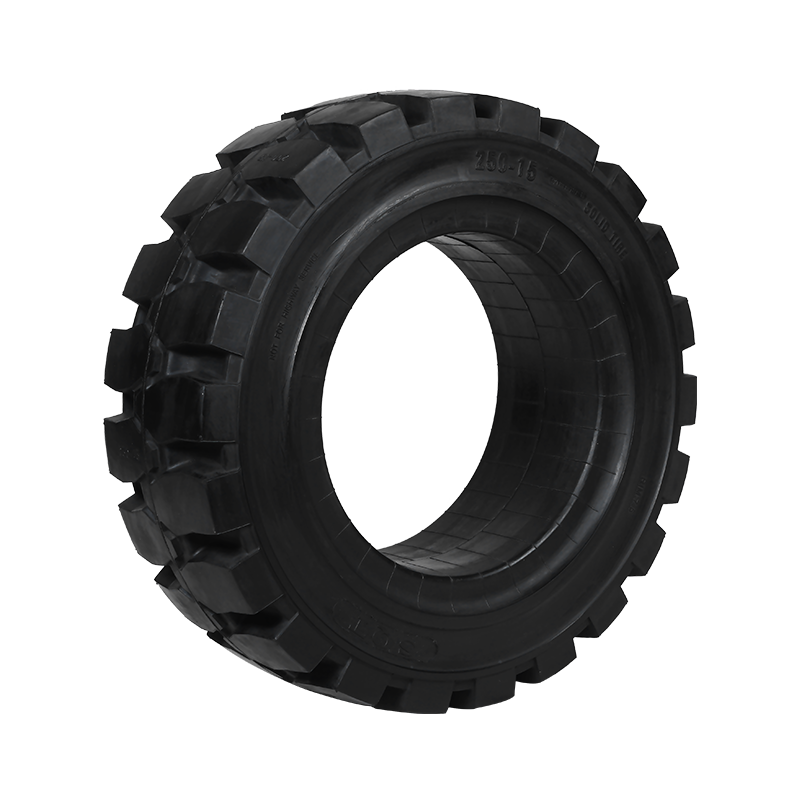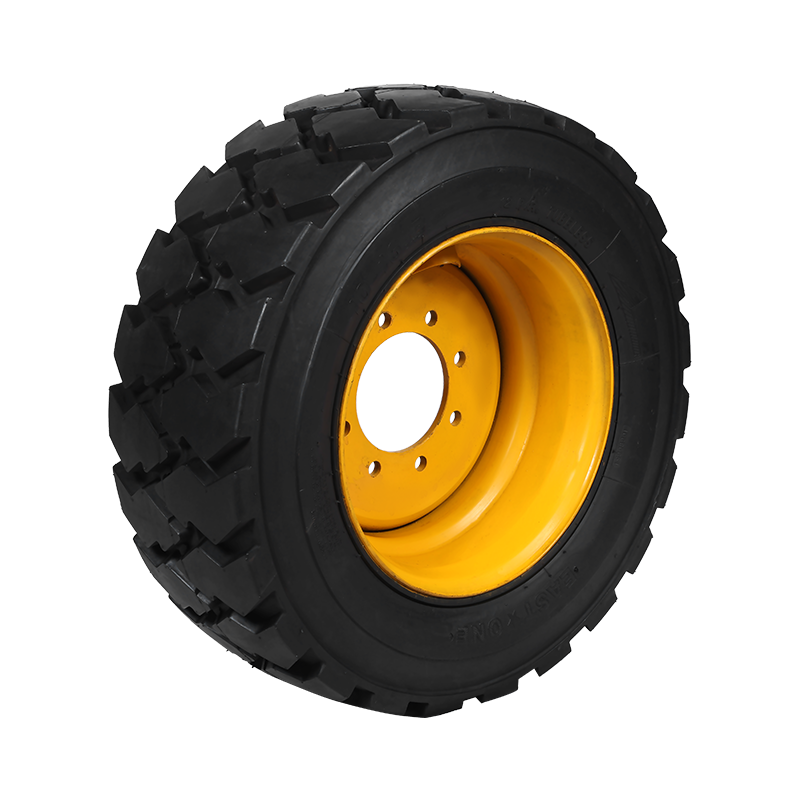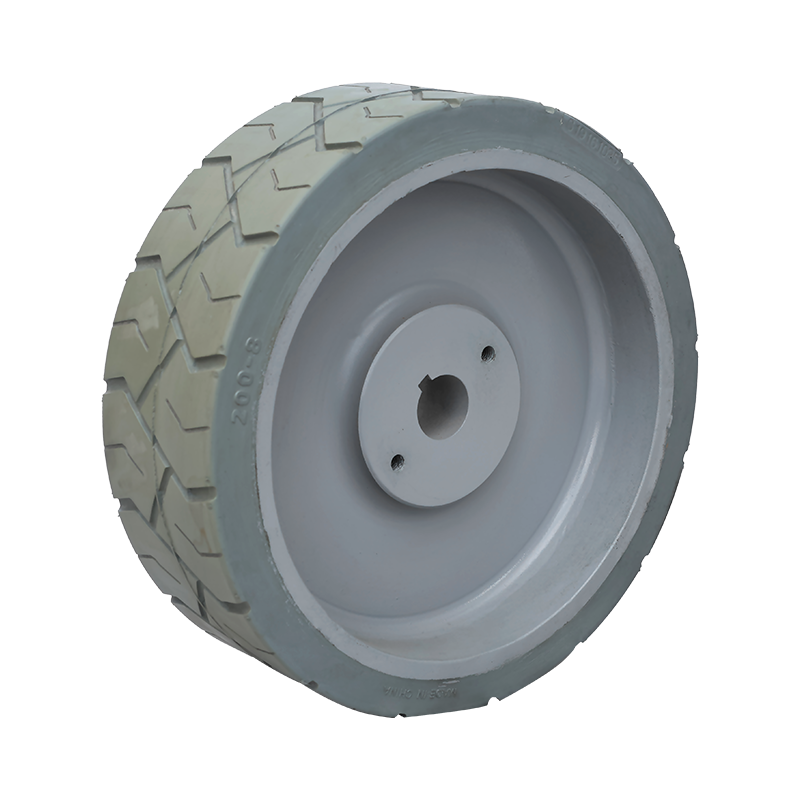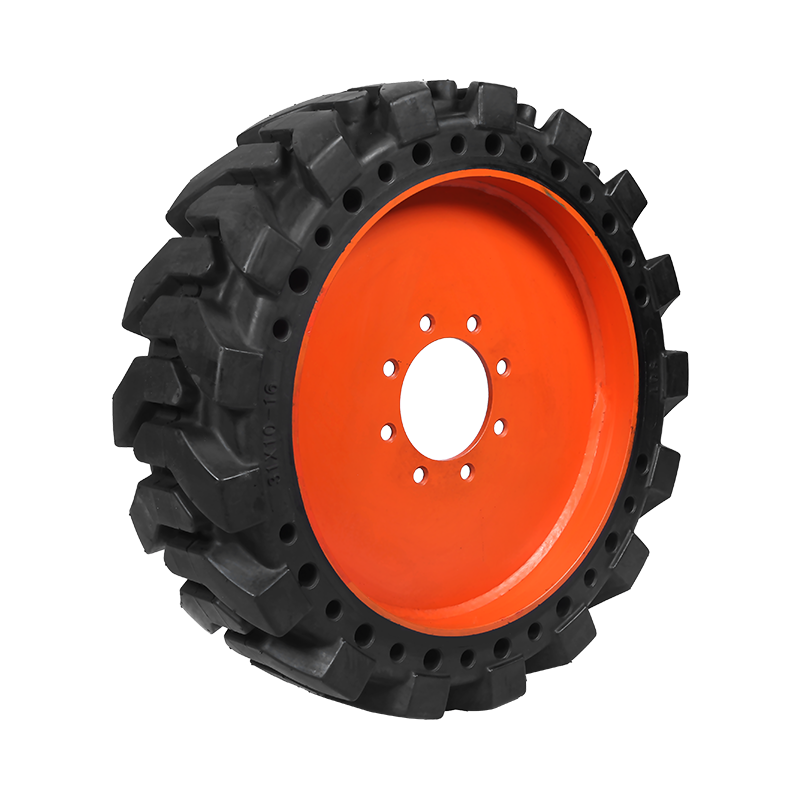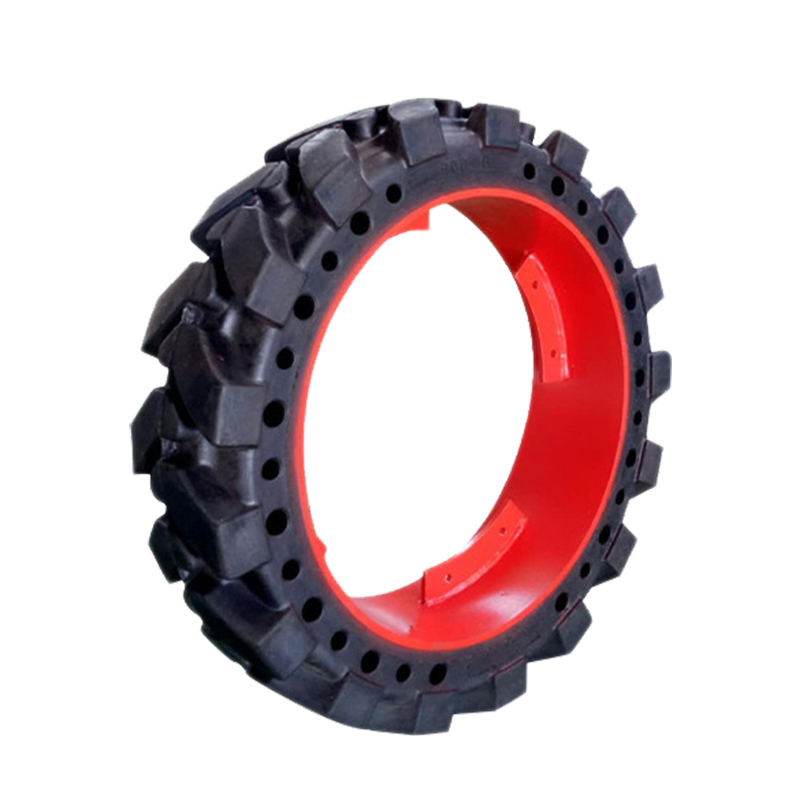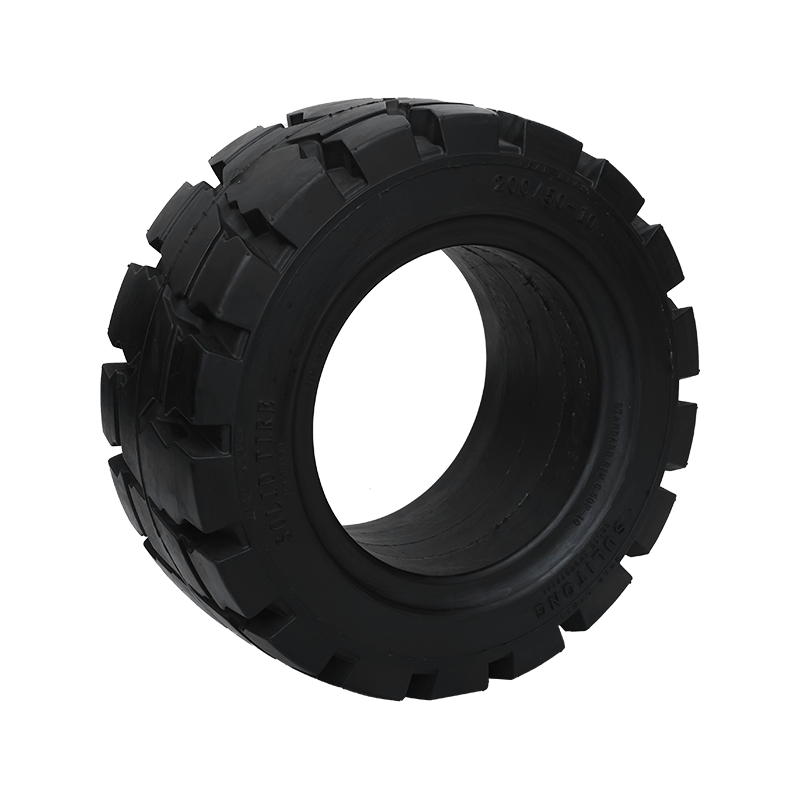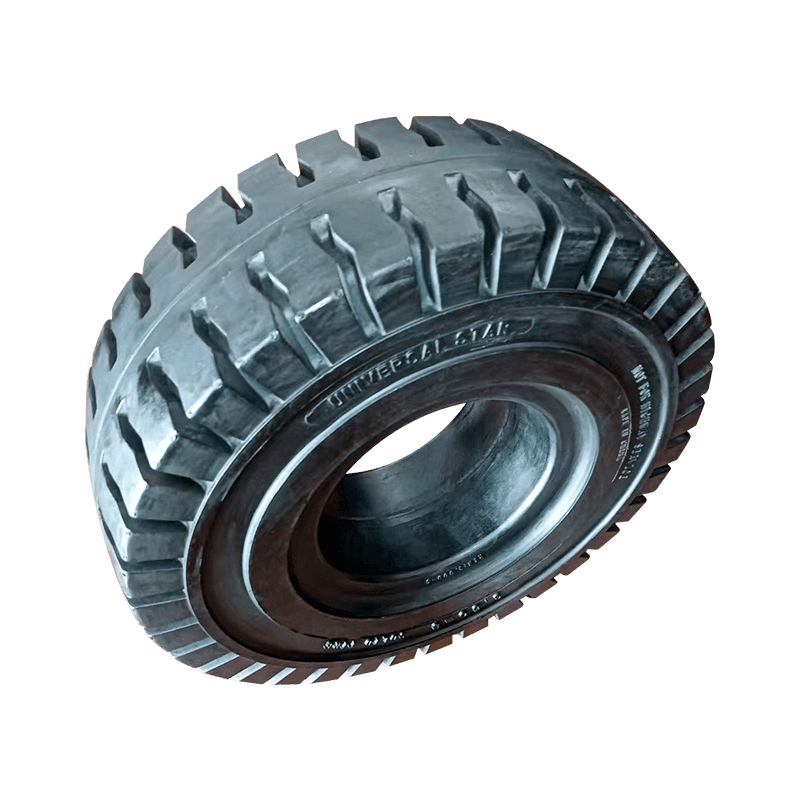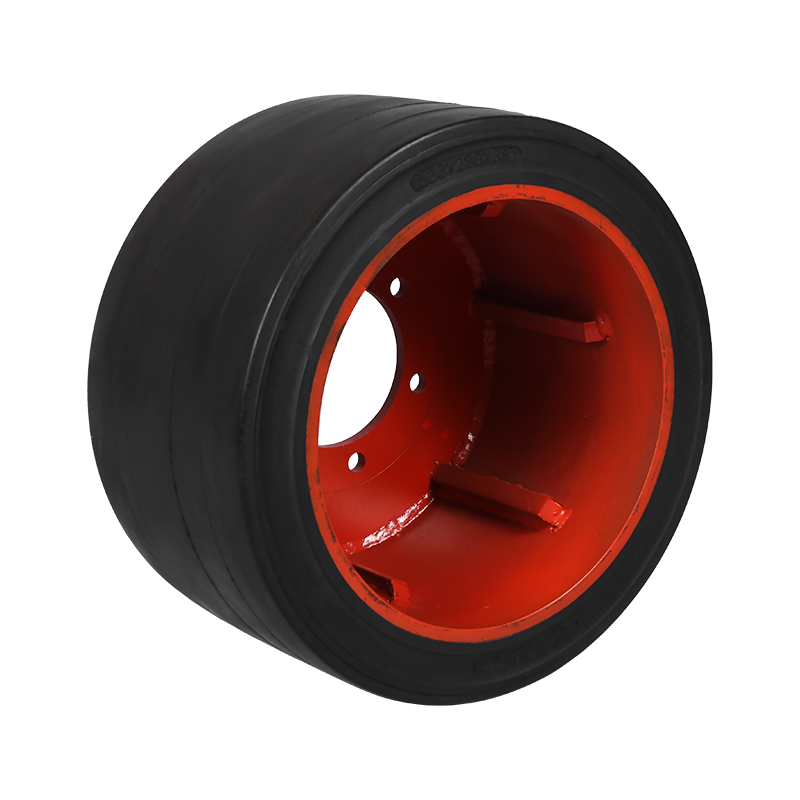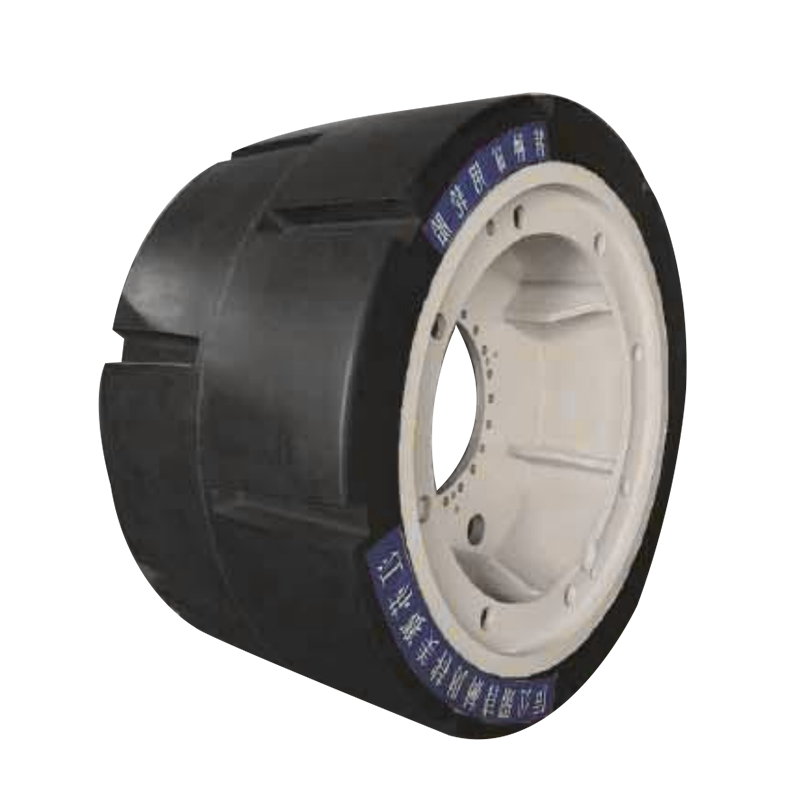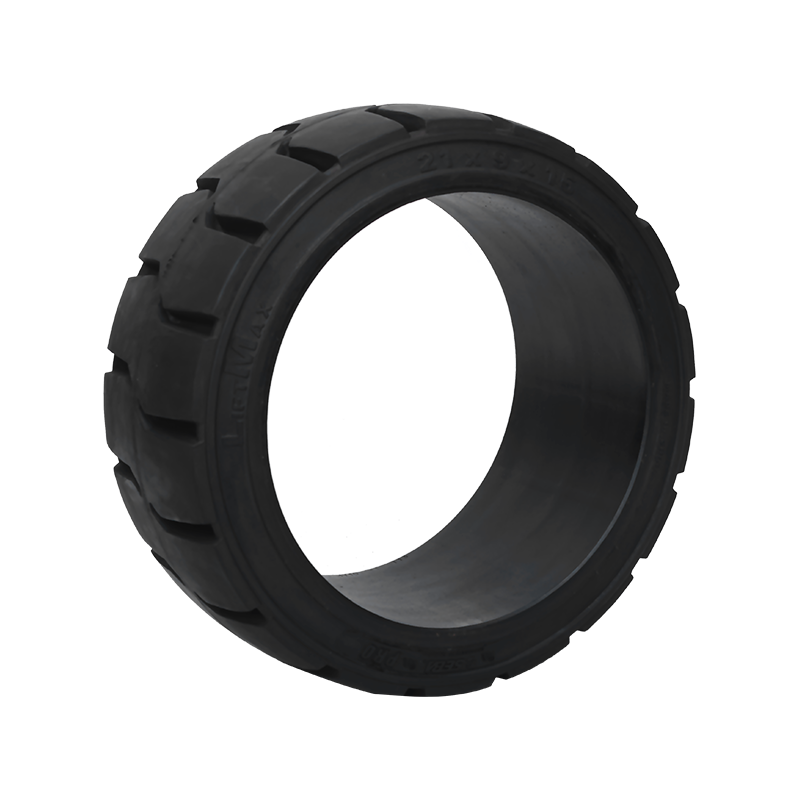How do you choose the right mining truck tire for a specific application?
Selecting the correct mining truck tire—or haul truck tire, as they're also known—is a critical decision that directly impacts a mining operation's efficiency, safety, and bottom line. The right tire can optimize performance and extend service life, while the wrong one can lead to costly downtime and premature failure. To make an informed choice, you must consider the unique conditions of your specific mine site, including the haul road, payload, and operational environment.
Understanding the Key Factors
When choosing off-the-road (OTR) tires for a mining application, the first step is to analyze several key factors:
-
Haul Road Conditions: Is the road smooth, well-maintained, and free of debris, or is it rough with sharp rocks and inclines? Tires designed for smooth, high-speed hauls differ significantly from those built to withstand severe cuts and chipping on jagged terrain.
-
Load and Speed: The payload and average operating speed are crucial. A tire's ability to carry a heavy load at a certain speed without overheating is measured by its Ton Kilometer Per Hour (TKPH) or TMPH (Ton Mile Per Hour) rating. Exceeding this rating is a leading cause of premature tire failure due to heat buildup.
-
Environmental Factors: Extreme temperatures—both hot and cold—as well as exposure to chemicals or oil can impact a tire's rubber compound and overall integrity. Tires must be specifically formulated to handle these conditions.
-
Vehicle Type: The size and specifications of the mining dumper or haulage truck itself dictate the tire's dimensions (e.g., diameter, width, rim size). The tire must be a perfect fit for the wheel assembly.
Types of Mining Tires: Radial vs. Bias-Ply
The most fundamental choice you’ll make is between radial and bias-ply construction. Each has distinct advantages and disadvantages:
-
Radial Tires: These are the modern standard for many applications. They feature steel belts running radially from bead to bead, which provides a more flexible sidewall and a more rigid tread area. This design results in a larger footprint, better heat dissipation, and superior cut and puncture resistance on the tread. Radial OTR tires typically offer a longer service life, improved fuel efficiency, and a smoother ride. They are ideal for high-speed, long-distance hauls on well-maintained roads.
-
Bias-Ply Tires: This older construction uses nylon plies crisscrossing at an angle. The entire casing flexes as a single unit, which can make it more susceptible to heat buildup. However, their robust construction provides excellent sidewall stability and is often more resistant to sidewall cuts and impact damage. Bias-ply tires are a good option for short hauls, low speeds, and extremely rough terrain where sidewall protection is the primary concern.
The Importance of Tire Compound and Tread Pattern
Beyond construction, the rubber compound and tread pattern are vital to a tire's performance on your specific site.
-
Rubber Compound: Manufacturers offer different rubber compounds optimized for various conditions. For example, a heat-resistant compound is best for high-speed, long-haul operations, while a cut-resistant compound is better suited for rocky, abrasive environments. There are also compounds designed for increased wear resistance on hard-packed surfaces.
-
Tread Pattern: The tread pattern dictates the tire's traction and self-cleaning ability.
-
Lug or Block Patterns: These are common on dump truck tires for excellent traction in soft, muddy, or loose soil conditions.
-
Rib or Symmetrical Patterns: These are more suited for high-speed, long-haul applications on hard-packed roads, as they provide better stability and cooler running temperatures.
-
Rock Patterns: These are engineered with extra-deep treads and reinforced shoulders to resist cuts and chipping on harsh, rocky surfaces.
-
The Role of TKPH and Tire Management
A tire’s TKPH is a measure of its ability to dissipate heat. It's calculated by multiplying the average tire load by the average operating speed over a given period. This value is critical for preventing thermal-induced failure. Manufacturers provide a TKPH rating for each tire model, and it's essential to match this rating with your mine's operational data.
Finally, an effective tire management program is just as important as the initial selection. This includes regular inspections, proper inflation maintenance, and accurate data tracking. By continuously monitoring heavy equipment tires, you can optimize their performance, maximize their lifespan, and ultimately reduce your total cost of ownership.
CONTACT US
-

Email: SMT001@saimeite-tyre.com
-

Phone: +86-18451337018No. 1, Renmin South Road, Yandu District, Yancheng City, Jiangsu Province, China

 English
English 한국어
한국어 Français
Français Español
Español
